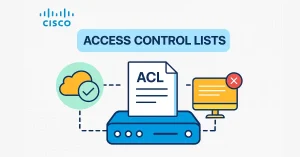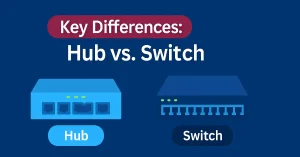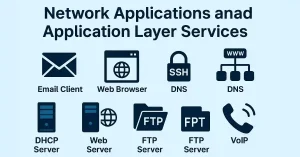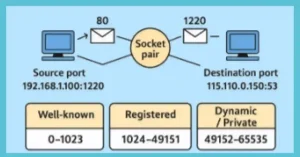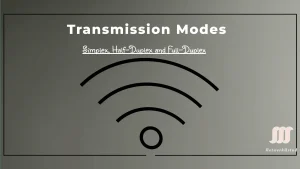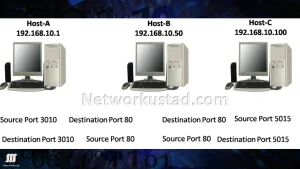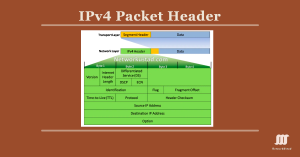Comprehensive Guide to Access Control Lists (ACLs) in Cisco Networking: Concepts, Types, Operations, Wildcard Masking, Creating, Placemnet and Differences (2025)
An Access Control List (ACL) is a critical feature in Cisco networking, used for security and traffic management. It consists of a set of rules designed to filter network traffic by specifying which users or systems are granted access to network resources and what operations they can perform. ACLs are commonly configured on devices with […]

